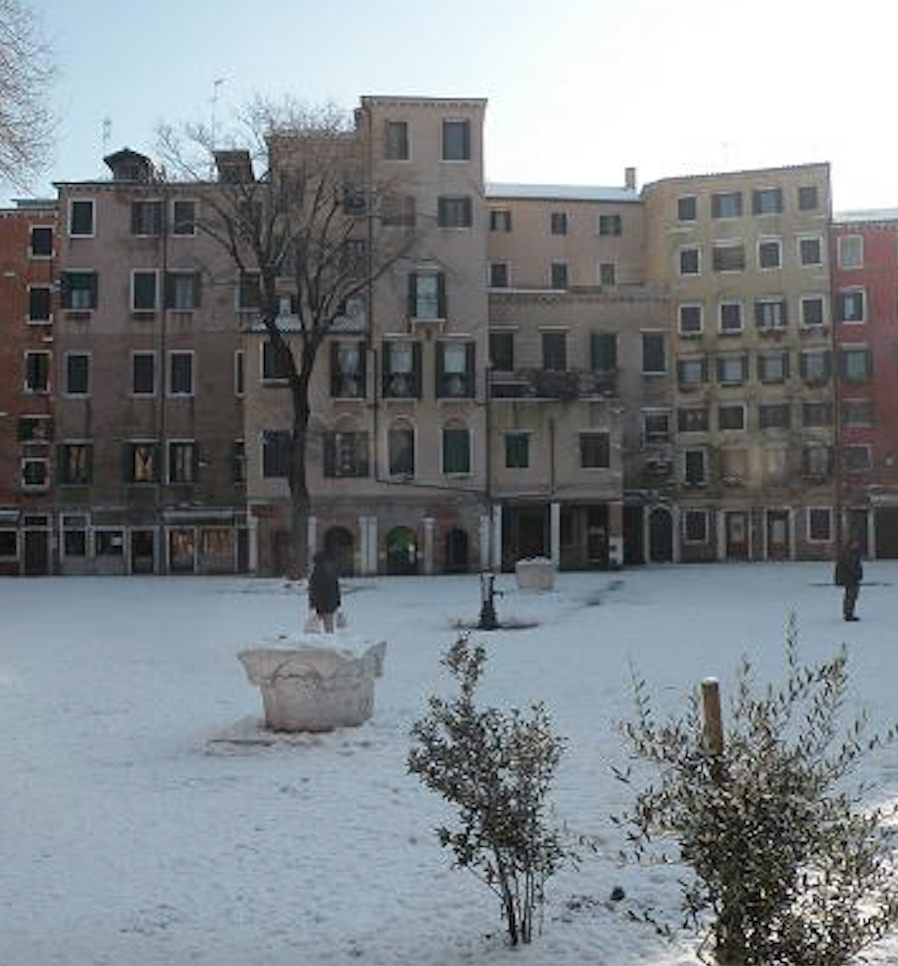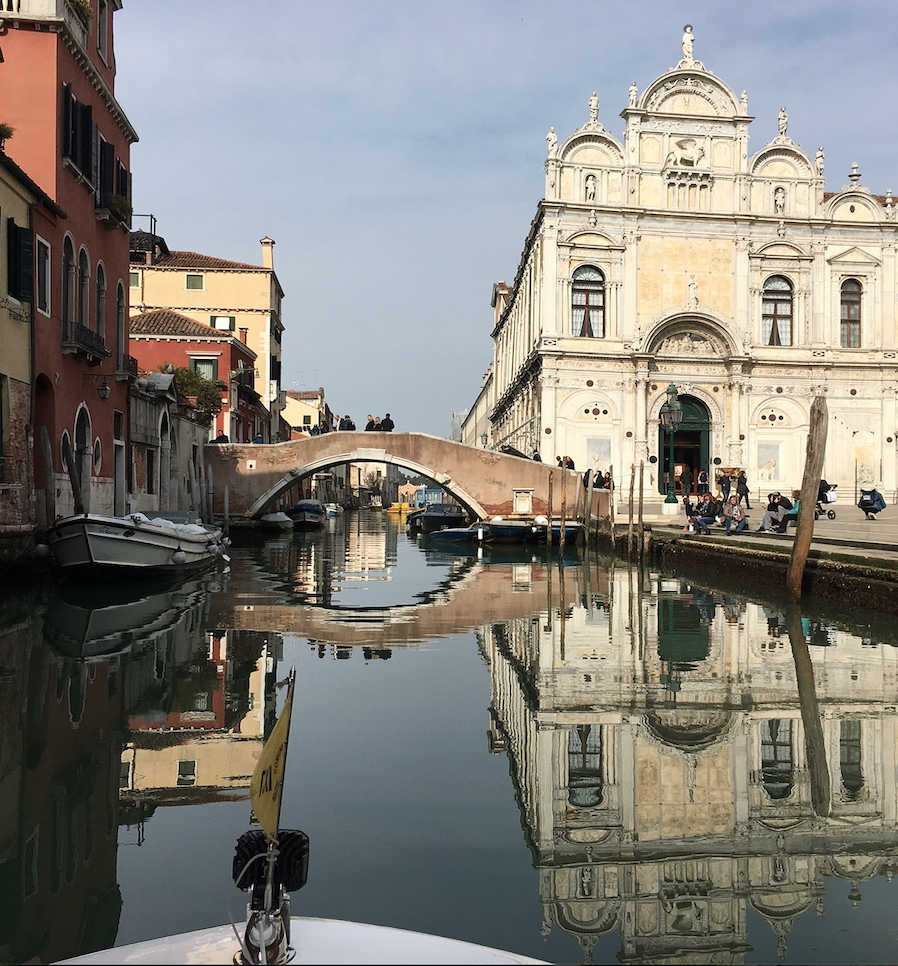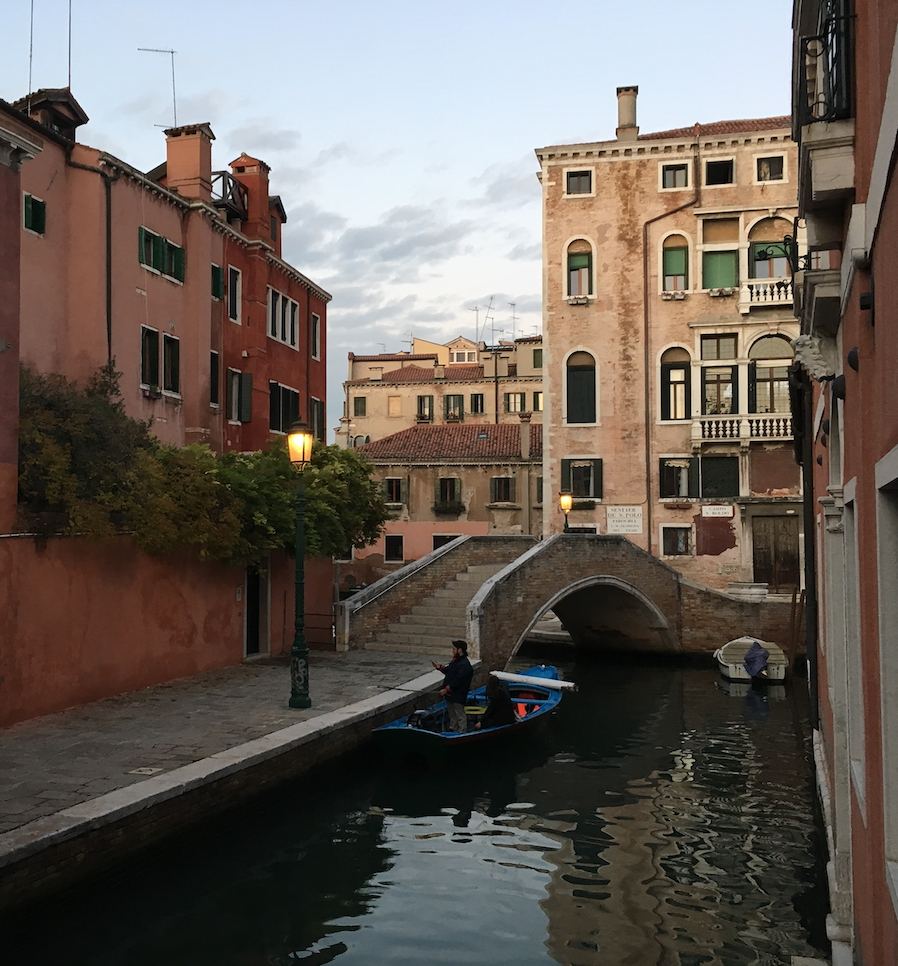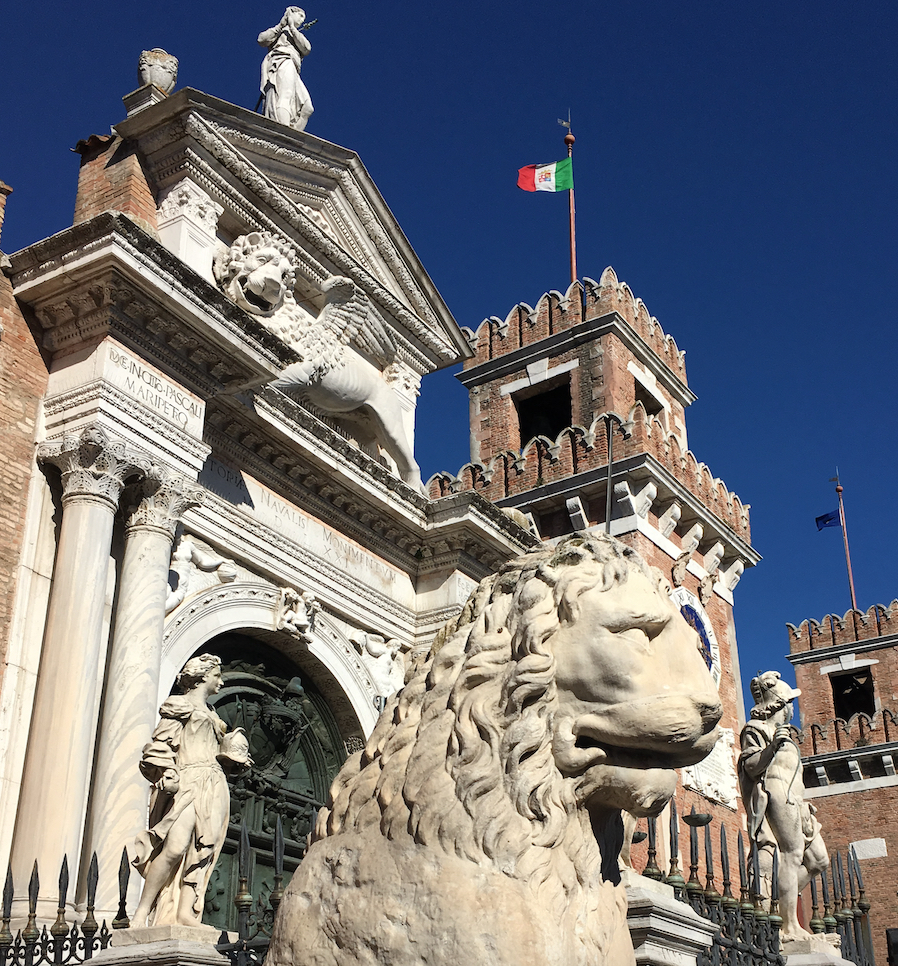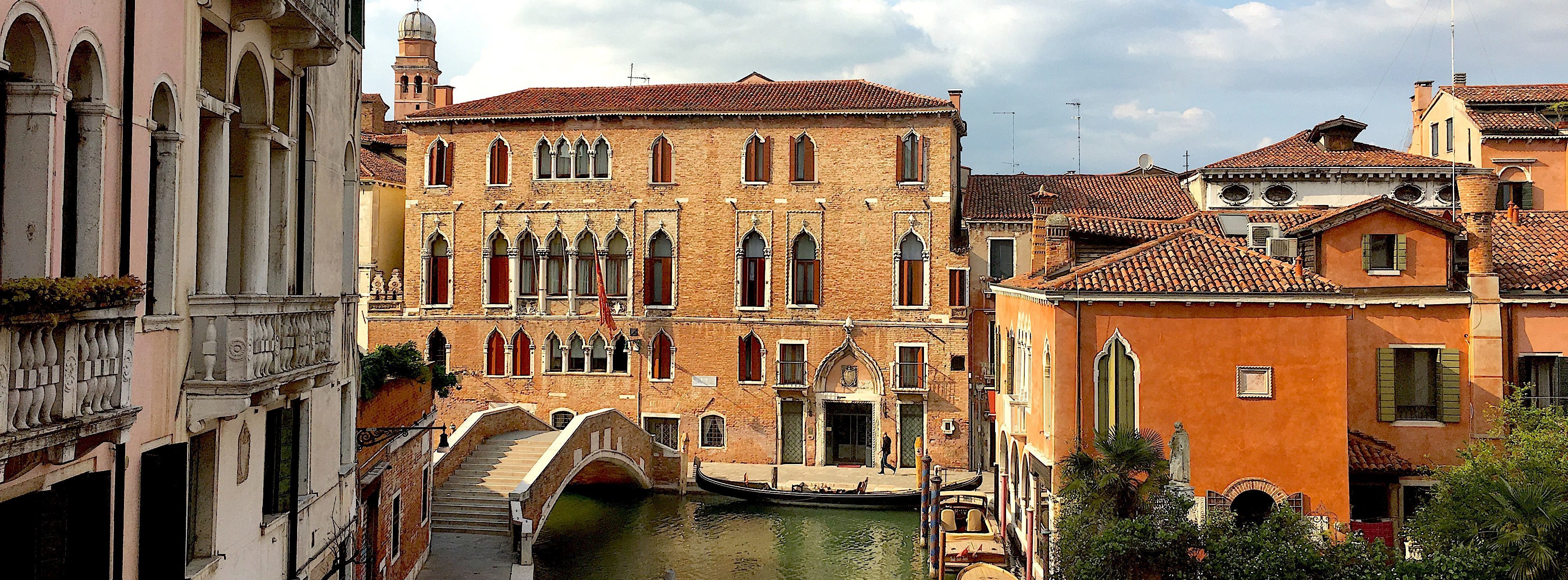
Secret Venice
Unfold the history of this fascinating city through the narrow streets and its unique places: there are numerous interesting details and hidden treasures nestled in the winding streets and neighbourhood squares.
Choose your tour
- Cannaregio and the “Ghetto”: Between the fifteenth and sixteenth centuries, Venice revised its policy of centralization and dislocation of the various foreign communities. This context also included the establishment of the Jewish Ghetto. The primacy of the Venetian Ghetto is not only a question of date (1516) but its being based on religious difference. It is an extremely important area to understand more of the Jewish culture with its museum, different synagogues, art galleries and memorials. It is also in Cannaregio, in the area of San Giovanni Crisostomo, that several old houses contest the glory of having been Marco Polo’s dwelling.
- Santa Croce, San Polo and the Rialto Market: The Rialto was the mercantile heart of Venice. Of the 440 bridges which connect the 118 islands forming Venice, the Rialto bridge is, with reason, the most famous and imposing. The market beyond the bridge is a picturesque and noisy quarter. Green-grocers’, butchers’, grocers’ shops, following one another in close succession, are surrounded by a chattering crowd always on the move. Further on, to the right, we find the fish-market (pescheria). Charming is the campo San Giacomo dell’Orio, situated in a quiet part of the Santa Croce district with its church with a typical ship’s-keel ceiling.
- Dorsoduro and the “squero of San Trovaso”: Dorsoduro is one of the most sought-after areas of the city: it is the artistic district with lots of art galleries and original shops, especially in between the Accademia Galleries and the Baroque basilica of the Madonna della Salute, built in gratitude for the end of the plague in 1631. It is also the University area where you can find nice cafés and a bit of fun, all around campo Santa Margherita, the heart of the district. It is the place of the most popular promenade for the Venetians, the large Zattere wharf, with great ice-cream parlours. And it is here that you can find the famous gondola workshop (squero) where the gondolas are still made and/or repaired.
- Castello and the Arsenal: Castello and the Arsenal: Castello is the most residential “sestiere” where you can find real life and lots of off the beaten track. The main square here is campo Santi Giovanni e Paolo, which contains the greatest number of monuments after piazza San Marco: the Dominican church of Santi Giovanni e Paolo, the elaborate Scuola Grande di San Marco, and a magnificent equestrian statue made by Andrea Verrocchio, Leonardo da Vinci’s master. Nearby is the church of the Pietà, known for Antonio Vivaldi: famed composer all over Europe. Walking then in the area of the Arsenal we can really appreciate that the Republic of St Mark was the greatest naval power in Europe.
- San Giorgio and Giudecca: More than one of the islands surrounding Venice may be seen from the quay of the Piazzetta San Marco. San Giorgio Maggiore reflects its beautiful Palladian architecture and its pointed campanile in the waters of the Bacino right opposite the Doge’s Palace. On its right side the line of houses and churches of the Giudecca Island, where the sixteenth-century church of the Redentore stands out. It is a masterpiece by Palladio commissioned by the Senate of the Venetian Republic in 1576 as an ex-voto made during a terrible plague. A famous “festa” is held around this church every year.

